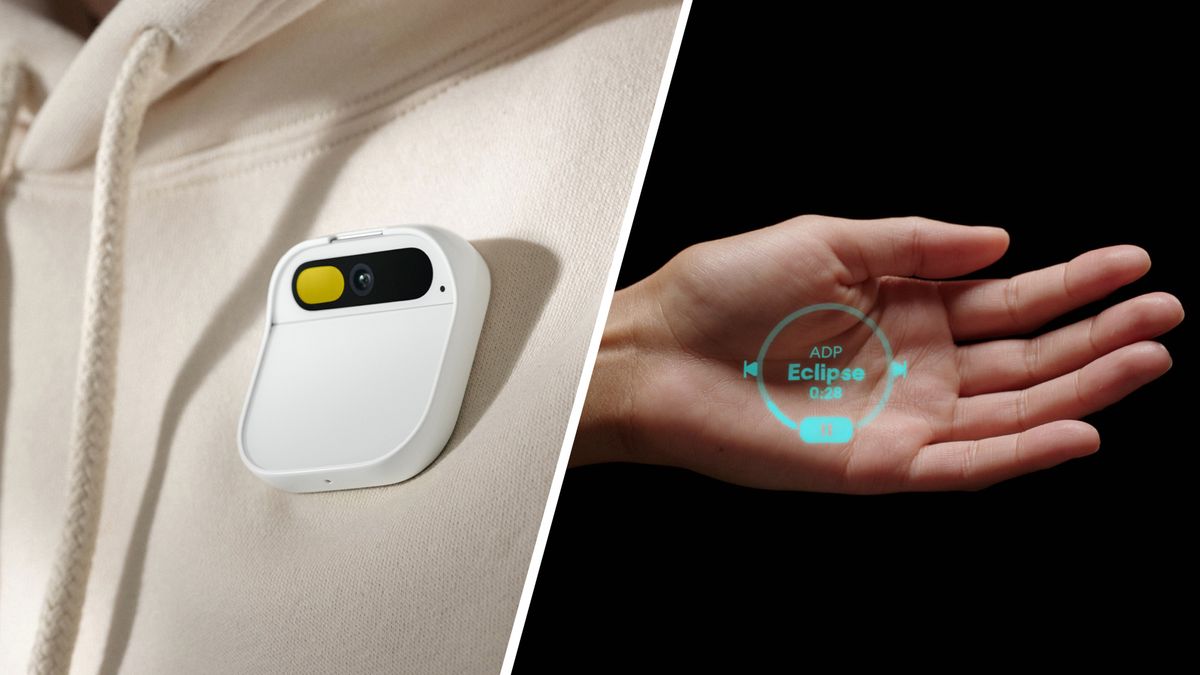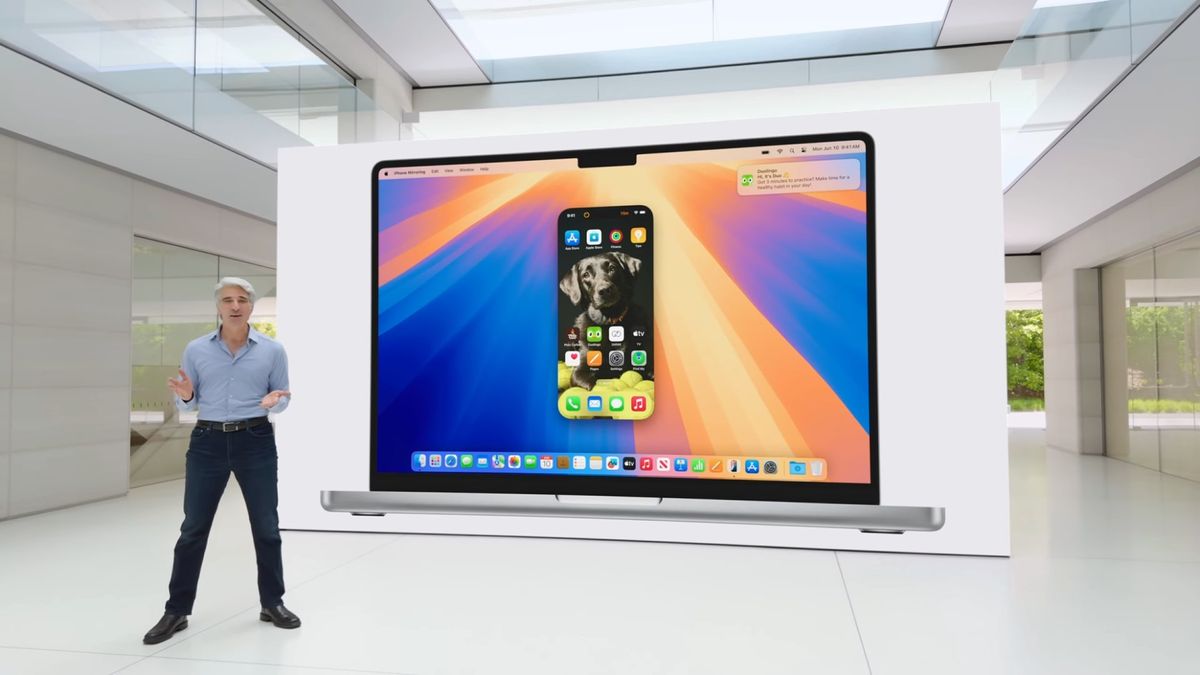SpaceX recently launched six “Starlink satellites with Direct to Cell capabilities” into Earth orbit. When operational, these satellites will be able to provide cellular connectivity to all corners of the United States, even remote locations.
This is part of Coverage Above and Beyond, a collaborative initiative the company started with T-Mobile in 2022. It took a little time, but the program is finally coming to fruition. SpaceX explains on its website that these satellites essentially function as cell towers thanks to an integrated “eNodeB modem.” The ultimate goal here is to effectively eliminate the existence of dead zones allowing for “mobile phone connectivity anywhere on Earth.” Something to keep in mind is that the service is mainly intended for distant places.
As CEO of SpaceX Elon Musk claims about X (the platform formerly known as Twitter), Starlink space towers cannot compete “with existing terrestrial cellular networks” at the same level. It will be good, but not that good.
Falcon 9 launches 21 @Starlink satellites into orbit from California, including six with Direct to Cell capabilities → pic.twitter.com/IKBkTSB63CJanuary 3, 2024
Test phase
Things will start little by little. The ability to send text messages will roll out later this year. Then, in 2025, users will be able to make phone calls, send data, and connect IoT (Internet of Things) devices, such as smart watches, to the service. That’s assuming everything goes as planned. Both companies have had to face multiple obstacles along the way. Not only were these satellites incredibly difficult to design and build, but government regulators also slowed down the process.
Originally, they had planned to beta test Starlink remote connectivity in 2023. Obviously, that never happened, probably due to pending FCC (Federal Communications Commission) approval. Fortunately, the FCC gave SpaceX the green light to test its direct-to-cell satellites last December. They have 180 days to complete their testing, so we should see testing begin soon, although it’s not known exactly when nor do we know if it will be open to the public.
Expansion plans
The future looks bright for the initiative. Dr. Sara Spangelo, senior director of satellite engineering at T-Mobile, says the company plans to “quickly [scale] “up” the program to partners around the world. SpaceX is currently working with telecommunications companies in Canada, Japan, Australia and more to make the service operational elsewhere. Direct-to-cellular connectivity won’t be exclusive to the US, but it looks like users there will receive it first.
SpaceX will not be alone in this field. Amazon is developing a satellite broadband network called Project Kuiper to take on Starlink. Rockets carrying prototype Kuiper satellites are scheduled to lift off in the “first half of 2024.” The European government is also looking to establish a program. Right now, you are looking for the right telecommunications corporation to take the lead.
If you’re looking to upgrade your home internet connection, check out TechRadar’s roundup of the best broadband deals for January 2024.
you might also like









